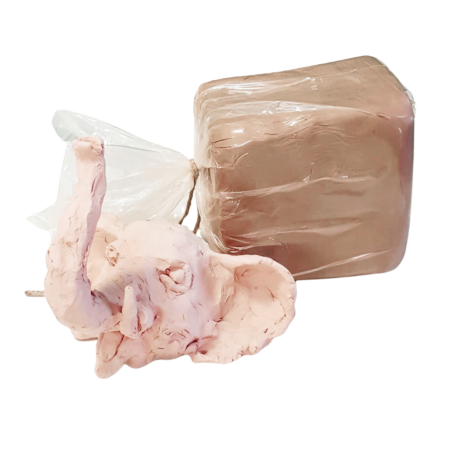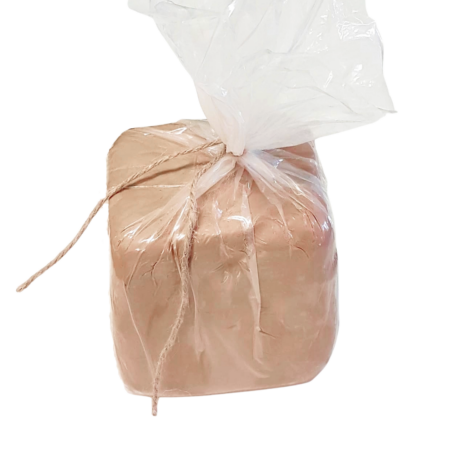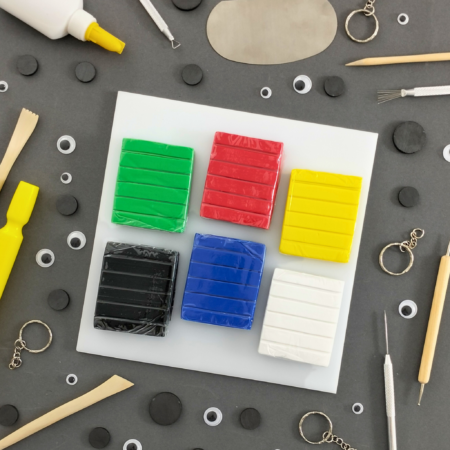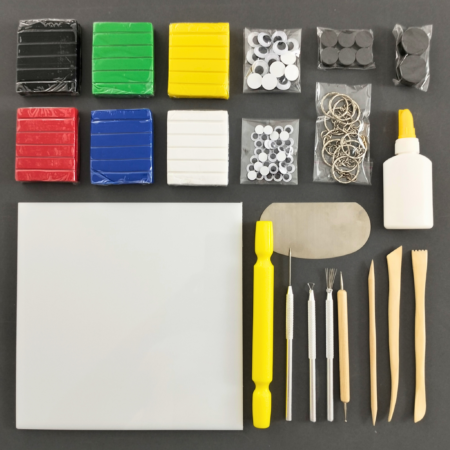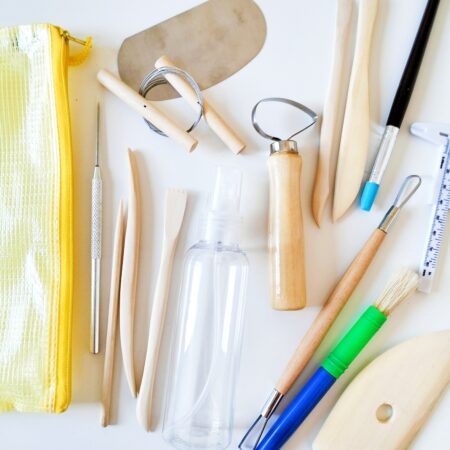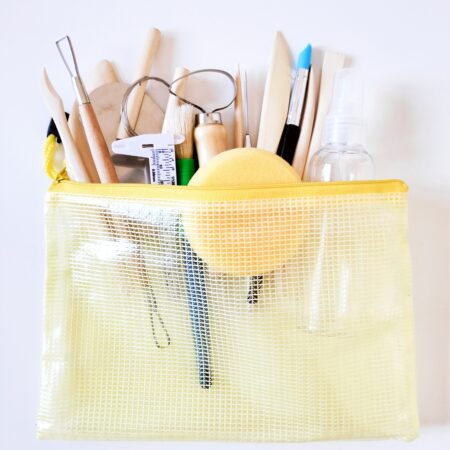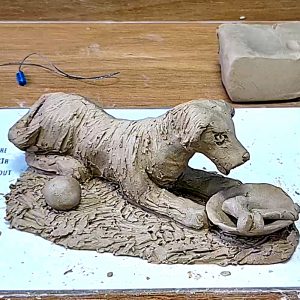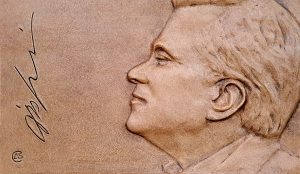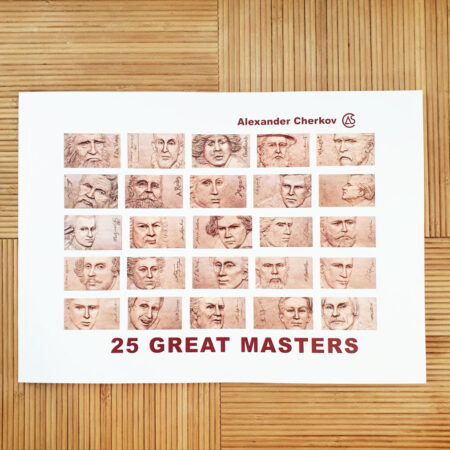Preparing a template by Alexander Cherkov, from the book Introduction to the Art World "Sculpture, painting, drawing and more"
It is often necessary to duplicate the sculpture. The cheapest way to do this is through clay, For this it is necessary to prepare a template. Here are the instructions for making a drywall For casting clay.
We will now go through the mold manufacturing process plaster For a simple sculpture and not a large size. Creating molds for complex and large sculptures requires a lot of skill and in fact constitutes a profession.
Make a sculpture for making a mold as well as gypsum for making a mold (it is less liquid than gypsum for casting and has a better ability to absorb water after it hardens). Also make a piece of clay, strong thread, putty and water to mix the plaster.
If your sculpture has holes, they must be closed by a piece of clay 2-3 mm thick. Make them slightly smaller than the size of the hole and expand them already in place.
Wet a thread with water and stick it on the future opening line of the plaster mold. It would be best if the wire passed as far as possible only on convex surfaces.
Prepare water in a soft plastic or rubber container, at the rate of 1 ml of water per 1 cc of the surface of the sculpture. A little more is also possible. The water in the vessel should fill no more than one-third of the vessel's capacity.
Gradually, pour the cast into the water, until the cast absorbs all the water. Mix the wet plaster well until a uniform, lump-free mixture is obtained. Starting from the bottom, cover the entire surface of the sculpture with the liquid plaster. Try to fill all the cavities with the plaster, without leaving air bubbles.
After 15-20 minutes after pouring the plaster in water, it will start to harden. At this point, you should move on to working with Spatula Spatula. Continue to cover the sculpture with the hardening plaster, until the entire sculpture is covered with plaster, as evenly as possible.
In the absence of experience, a situation may arise in which the liquid gypsum will harden before it is sufficient to cover the entire sculpture. Do not try to save the cast by adding water. Too bad! Both the sculpture and the plaster went. Throw them away and start over. Therefore, do not start learning to make molds for large and intricate sculptures.
As soon as the gypsum becomes matte (it will stop shining like wet), grab the ends of the wire and pull it out, cutting the gypsum mold into two parts.
Also, cut a groove for the future connection of the two halves into one mold. After final hardening of the mold (after about one hour), soak the mold in water for 24 hours. To do this, you can wrap the mold in a wet rag with a plastic bag, or just place it in a water bath.
After soaking, the clay swells and this makes it very easy to open the mold. Open the template gradually without much effort. Continue to wet the gypsum mold by pouring water into the opened opening. Wet plaster is very fragile and can easily break. But actually, it's not that bad. If during the opening you did not crumble the mold completely, then you will get 3 or 4 parts instead of 2.
After removing the clay from the mold, rinse it well with water. Then connect the parts of the mold and fasten tightly. Leave it in a shady and windless place until it is completely dry (a few days at room temperature).
While the mold is drying, you can switch toPreparation of liquid clay for casting him Cast Into the mold thus creating a duplication of the sculpture. The gypsum mold you made is good for reusable castings and is great for making duplicates and series of the same sculpture.
Watch the video that demonstrates the preparation of a plaster mold 4:25
Here is a method for creating a mold for a large sculpture (140 cm), dividing the mold into 3 parts using strips of aluminum.

The complexity of creating a gypsum mold in large dimensions is that it is necessary to work with large quantities of plaster. An undesirable feature of gypsum is that a greater amount of dissolved gypsum, sooner (and not later, as we would like) begins to harden. The work should be very fast and with complete confidence. To do this, of course, you must have enough experience. Therefore, I will note in advance that the art of molding and casting requires patience. From a two-piece mold gradually move to more complex sculptures (start with a sculpture no more than 15 cm high).
In addition, there are many materials for making elastic molds for multiple duplication of sculptures from different materials, but for duplicate sculpture ceramic Only plaster will fit.


